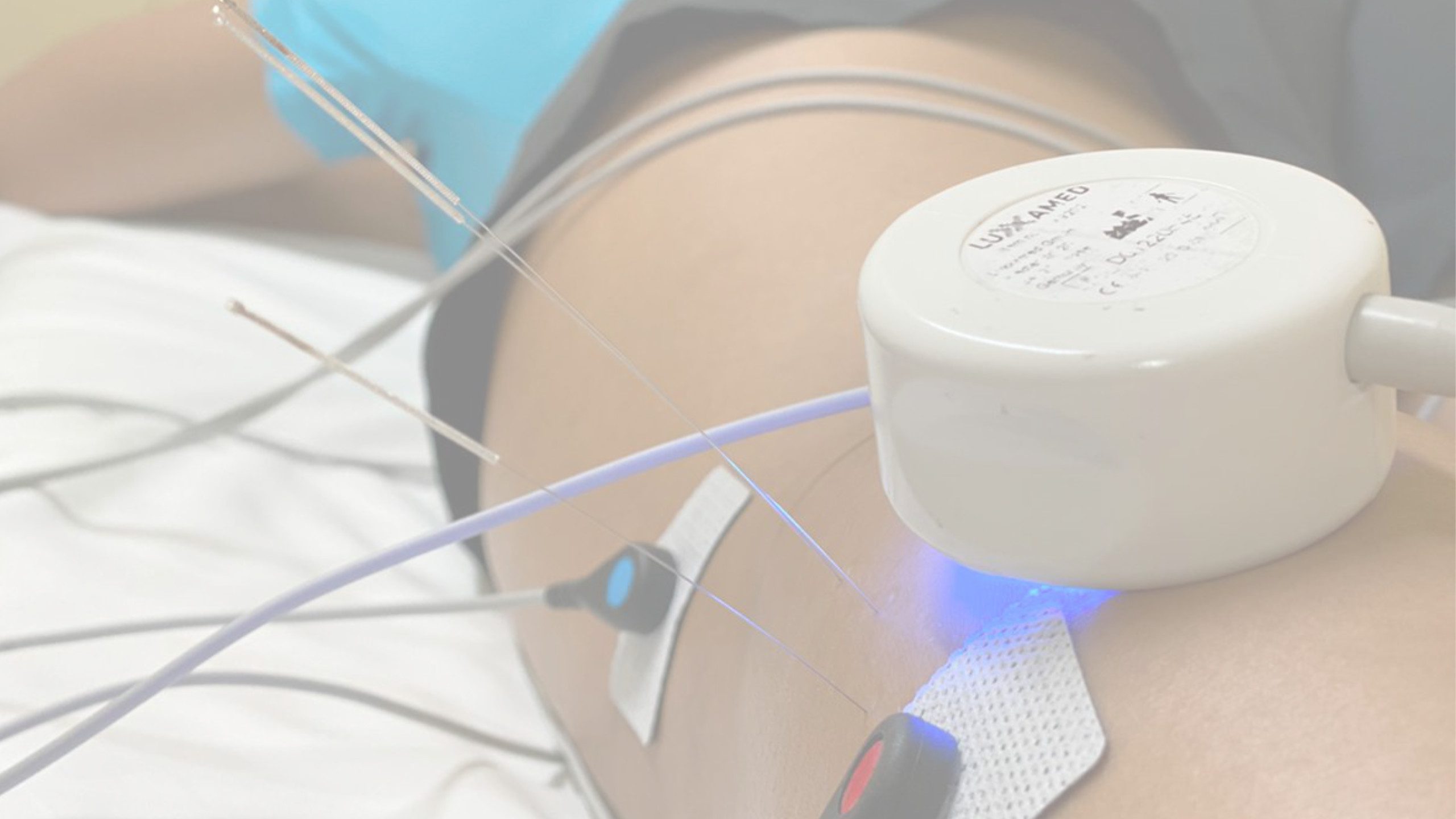Cybernetic approach
Dieser Beitrag ist auch verfügbar auf:
Deutsch
Italiano
Philosophy of therapy
Cybernetic approach
The pain therapy on the basis of biocybernetics aims above all at the regulation of metabolic processes. The starting point here is the electro-metabolic basis of biological tissue.
What is cybernetics and what does it have to do with therapy?
The term 'cybernetics' is a Greek word of art (κυβερνήτης) and means something like 'helmsmanly' or 'steersmanly art'. The 'cyberneticus' was responsible for navigation on the ships of ancient Greece. His task was to guide the ship – without GPS – along the shortest route from its port of departure to its port of destination.
In today's language, cybernetics is associated with computer science and KI (artificial intelligence). For example, modern developments in robotics are based on the principles of cybernetics.

Cybernetics and therapy
Our principle and the fundamental philosophy of Luxxamed devices is to determine an actual state and – from there – to define a should state. The path from the actual to the setpoint, from the reactant to the product, from the beginning to the end of a therapy, is subject to a controlled system and a control loop.
The automated processes of the devices represent this control loop. Indispensable for the functioning of this control loop – and thus also for that of our devices – is the clear definition of both the actual state and the set state, the medical therapy goal.
The algorithm of the Luxxamed devices is based on a constant back-measurement of the tissue to check whether the automatically set therapy parameters bring the condition of the tissue closer to the target.
Actually (not) a pain therapy?
The German-language Wikipedia (as of 2017) defines 'pain therapy' as follows: “The term pain therapy covers all therapeutic measures that lead to a reduction of pain […] “.2
The World Health Organisation (WHO) defines 'pain management' in terms of a stage scheme, which includes the following steps:
(1) Stage 1 – Non-opioid analgesics.
(2) Step 2 – Low-potency opioid analgesics + non-opioid analgesics.
(3) Step 3 – High-potency opioid analgesics + non-opioid analgesics1.
It is interesting to note that all measures are defined by suppression or blocking of pain. The bulk of drugs are metabolic blockers for the time being. Classical electrotherapy, for example, has the purpose of suppressing or – in the best case – blocking the transmission of stimuli. From this point of view, no regulation or even regeneration takes place in classical pain therapy.
The human body consists of an average of 70 trillion cells that form vessels, nerves, organs, organ systems and so on. This huge system naturally needs control. In concrete terms, this means: If a 'broken' knee is to be treated, we do not primarily look at the deviation from the ideal case in the therapy with the Luxxamed, but rather investigate which regulation and control processes are disturbed and have led to these structural changes.
.
The cybernetic approach
From a doctor's perspective:
When an injury, poisoning or structural change occurs, different tissue organs (e.g. tendon, ligament, capsule, joint, bone, periosteum or muscle) are always affected. These fulfil different functions with the help of their structure and therefore also have different metabolic processes. Controlling these metabolic states requires different therapies, just as we use heat and cold differently. Sometimes we have to reduce the energy metabolism, sometimes we have to increase it. As the condition changes during therapy as healing progresses, the metabolic state also changes. Thus, a kind of cybernetic therapy of the metabolism is needed, similar to physiotherapy, which uses expanded possibilities as the therapy progresses. A disease or injury consists of various metabolic conglomerates.
conglomerates. The Luxxamed can address different organ systems simultaneously, even if they are in different metabolic states. This means that a degenerative condition can be treated simultaneously alongside an inflammatory condition. The Luxxamed has the ability to learn through use on the patient and thus adapt to the different conditions.
.
